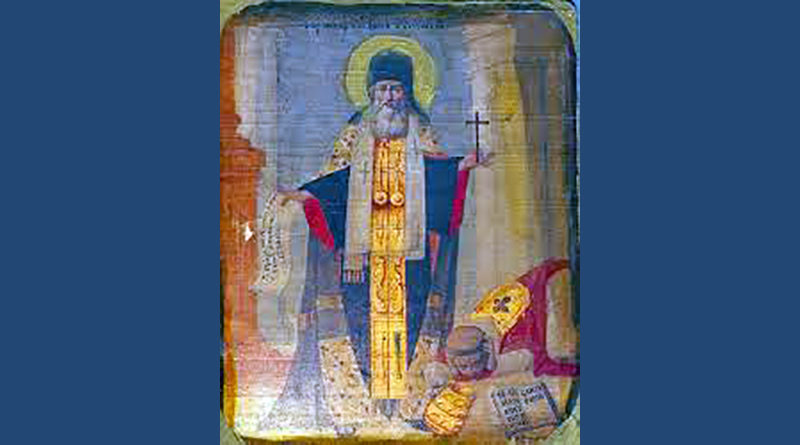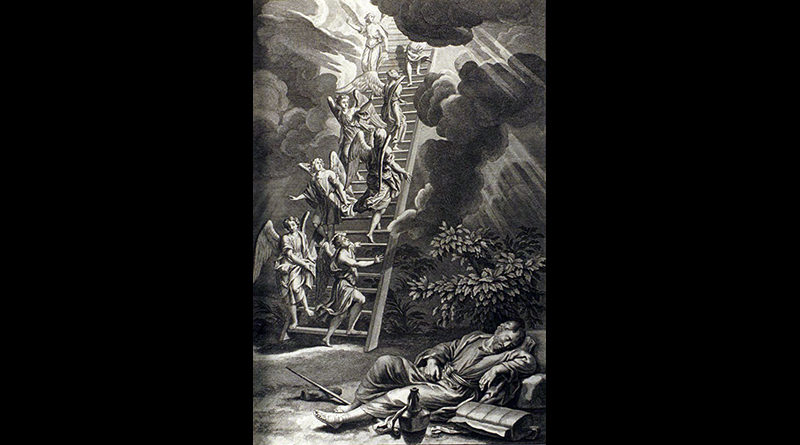- Excerpt from the Lucid Dream Exchange, by Lucy Gillis.
- Quote from Tenzin Yangal Rinpoche: “If we cannot remain present during sleep, if we lose ourselves every night, what chance do we have to be aware when death comes?…. Look to your experience in dreams to know how you will fare in death. Look to your experience of sleep to discover whether or not you are truly awake.”
- “What happens when we die? Where do we go? Do we go anywhere? What will it be like? If my body is dead, how will I be able to see or hear? Will I be able to see or hear?
- “It was questions like these that occupied the mind of an ancient physician, over 1500 years ago. He found his answers, not in his religion, not in the science of his time, but in a more intimate and immediate way. He received his answer in a dream — a lucid dream. In fact, this particular dream is the first written report of a lucid dream in recorded history. The dream was found within the letters of St. Augustine, a Christian philosopher and priest.
- “In 415 A.D. St. Augustine wrote a letter to a priest by the name of Evodius, in which he described the dream experiences of Gennadius, a physician from Carthage. Gennadius, disturbed by doubts as to whether there was life after physical death, had two dreams. In the first he was visited by a youth ‘”of remarkable appearance and commanding presence’ who demanded that he follow him. Gennadius did so and was led to a city where he could hear singing ‘so exquisitely sweet’ and unlike anything he had ever heard before. He asked his guide what the music was, and was told, ‘”it is the hymn of the blessed and the holy.’ At this point Gennadius woke, believing the experience to be nothing more than just a dream.
- “However, the next night, as he dreamed again, his young guide of the previous night returned and asked Gennadius if he recognized him. Gennadius replied ‘Certainly!’ Then the youth asked him where they had met, but Gennadius could not remember, though he did correctly recall and describe the event of their meeting and what had occurred.
- “The young guide then asked Gennadius if the events he just described took place in sleep or in wakefulness. Gennadius replied, ‘In sleep,’ to which the youth responded with ‘You remember it well; it is true that you saw these things in sleep, but I would have you know that even now you are seeing in sleep.’ The youth continued, ‘Where is your body now?’ Gennadius answered ‘in my bed.’ (Gennadius was then lucid; aware he was dreaming, while his body slept in his bed.)
- “The youth pressed on; ‘Do you know that the eyes in this body of yours are now bound and closed, and that with these eyes you are seeing nothing?’ ‘I know it,’ answered Gennadius. The guide then asked, ‘What then are the eyes with which you see me?’ To this, Gennadius could not respond, he did not know the answer. The young guide then provided him with answers he had been seeking in his waking life:
- “‘As while you are asleep and lying on your bed these eyes of your body are now unemployed and doing nothing, and yet you have eyes with which you behold me, and enjoy this vision, so after your death, while your bodily eyes shall be wholly inactive, there shall be in you a life by which you shall live, and a faculty of perception by which you shall still perceive. Beware, therefore, after this of harboring doubts as to whether the life of man shall continue after death.'”
- “According to St. Augustine, ‘This believer says that by this means all doubts as to the matter were removed from him.’ Gennadius had awakened, satisfied with his answer, and didn’t doubt the existence of life after death again.
- “Gennadius’s ‘youth of remarkable countenance’ or ‘dream guide’ is not the only one to compare the dreamstate to the afterlife. For thousands of years, Tibetan Buddhists practicing ‘dream yoga’ have been instructed in various degrees of (what Westerners refer to as) lucid dreaming as a means of increasing their awareness on the path to enlightenment. Dream Yoga was developed to help train the practitioner to achieve enlightenment during sleep so that at the time of death, he would be prepared for the death bardos. In the Tibetan language, the word ‘bardo’ refers to an interval between two events. In the case of the death bardos, the intervals are between death and rebirth.
- “The Tibetan Book of the Dead, (‘Bardo Thodol’) describes three bardos that the deceased will encounter after death. In these realms of existence the deceased will meet with experiences that are the result of his own ‘inner manifestations’; just like dreaming, these manifestations are projections originating from his mind.
- “If he does not recognize them as projections, he can become trapped within them, believing them to be reality. Unable to attain enlightenment from this stage, he will pass to the bardo of rebirth, to begin the cycle of life and death again.
- “However, if he can recognize the projections as being manifestations of his own mind, and can detach from them, then he has a better chance of achieving enlightenment, after which he will no longer need to be reborn. Here is where the practice of lucidity within dream yoga becomes important:
- “‘The lucidity experience … assists in understanding the unreality of phenomena, which otherwise, during dream or the death experience, might be overwhelming.'” — Michael Katz, Editor, Dream Yoga and the Practice of Natural Light
- “With dream lucidity, the practitioner learns to recognize that all around him is a dream, an illusion. He then learns to detach emotionally from the dream, thereby reducing the likelihood of creating more illusory imagery. Though lucid dreaming is viewed as a necessary stage of development in dream yoga, to the Tibetan Buddhists, achieving lucidity in dreams is not the ultimate goal. It is merely a step along path to enlightenment, it is not enlightenment itself.
- “Besides the dream state being like the death bardos, dream yogis claim that the stages of consciousness experienced during the sleep cycle resemble the stages of consciousness experienced when dying. Since we sleep and dream every night, we have the opportunity to learn to consciously observe our sleep cycle and to become more familiar with these stages of consciousness.
- “According to Rob Nairn, author of Living, Dreaming, Dying: ‘We can have a trial run at death every single night when we go to sleep. We can begin training to fall asleep consciously and to dream lucidly. The process of falling asleep parallels the process of dying, while dreams parallel the bardo of death.’“






